Every year, top college football players make the jump from NCAAF to the NFL. While some seamlessly transition into successful pro careers, others struggle to replicate their college success at the next level. When the season ends and Draft Day approaches, NFL teams must evaluate how players’ skills will translate to the professional level.
The difficulty of predicting NFL success
Predicting NFL success is an inexact science; plenty of Heisman Trophy winners and NCAAF superstars have busted in this league. Conversely, some late-round picks or undrafted free agents emerge as stars, such as Jason Kelce (6th round), Tom Brady (sixth round), and Hall of Famer Kurt Warner (undrafted).
According to the FanDuel NCAAF Odds, even top prospects only have around a 50/50 shot at NFL success. Through the years, we’ve seen many top-5 picks like Solomon Thomas, Zach Wilson, and Trey Lance struggle to find the same stardom they had in college. Scouting college players involves projecting how their skills and mentality will adapt against elite competition. Intangibles like work ethic also play a significant role.
Physical demands of the NFL
The NFL’s pace is both faster and more physical compared to college games. Not only are the defensive linemen quicker and stronger, but the defensive schemes are also significantly more complex, and the more extended season can take a noticeable toll on the players’ physical condition.
Some college stars lack the size, speed, or durability to excel against NFL defences. For example, quarterbacks like Tim Tebow and Johnny Manziel found their athleticism neutralized at the next level.
Adjusting to the NFL’s physicality is critical. Prospects must enter the league with the strength, stamina, and resilience to endure 17 weeks against the world’s best players.
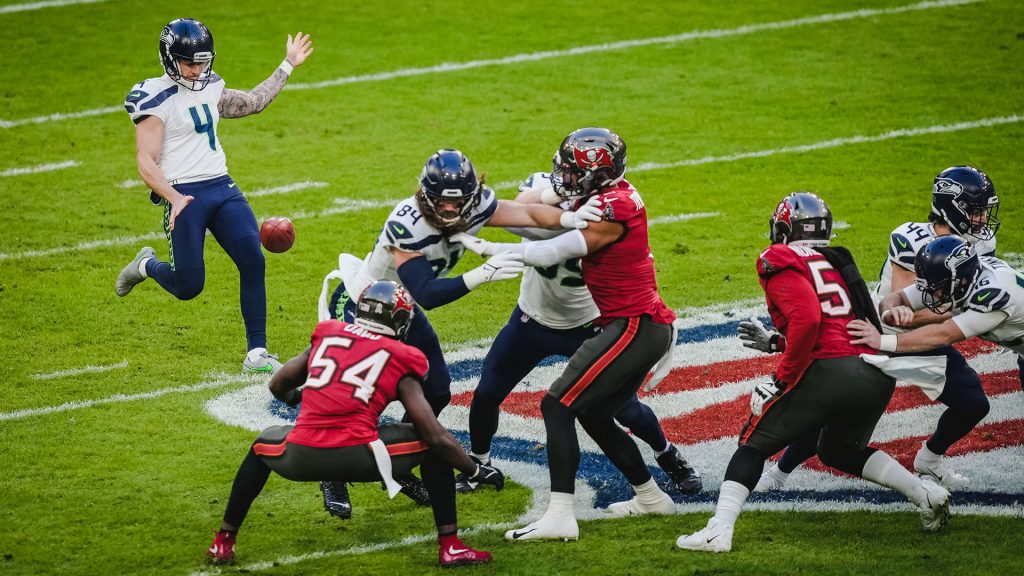
Mental adaptation to the pros
Mentally, college stars go from big fish in a small pond to minnows in the NFL ocean. No longer the star attraction, rookies must accept lesser roles. Learning complex schemes and playbooks takes time.
In transitioning from college to the NFL, rookies lose the familiarity of systems tailored to their skills. They are suddenly thrust into the more complex pro-style systems, where they find that veterans, with their experience, often have a substantial edge in preparation. Consequently, to secure playing time, rookies need to rapidly grasp the mental nuances of the game.
Difficulty of transition by position
Some positions transition more smoothly from college to the pros. Running backs can often contribute immediately, relying on natural ability. Defensive linemen mainly need to develop strength and technique.
Quarterbacks, offensive linemen, and defensive backs often struggle most. Quarterbacks must adapt to complex defences and learn to read the field. Linemen need technique and strength gains to handle elite pass rushers. Defensive backs require top-notch technique against NFL receivers.
Steps NCAAF stars must take
To successfully transition, NCAAF stars should:
- Get strong: Hit the weight room to gain size and power for the NFL game
- Learn the playbook: Immerse themselves in the playbook to be mentally prepared
- Watch film: Study videos to learn opponents’ tendencies and hone technique
- Work on weaknesses: Refine technical flaws that were covered up by college talent advantages
- Stay humble: Maintain a beginner’s mentality and be coachable despite college success
Why some NCAAF stars fail in the NFL
There are a few common reasons why NCAAF standouts can’t replicate success in the NFL:
- Lack of physicality: Unable to match the size, strength, and speed of NFL competition
- Can’t handle complexity: Struggle to master complicated schemes and assignments
- Off-field issues: Lack the maturity and discipline for the NFL lifestyle
- Lack of technique: Flaws exposed when athleticism neutralized
- Injury history: Durability issues worsen against NFL punishment
- Poor work ethic: Don’t put in the consistent grind required for NFL success

Keys to a smooth NFL transition
Here are some keys for NCAAF stars to transition smoothly to NFL stardom:
- Enter the NFL Draft with pro-ready size and athleticism
- Maintain a humble, hard-working mentality
- Master the playbook and study film relentlessly
- Work tirelessly to refine technique and skills
- Stay focused and avoid off-field distractions
- Take care of your body and prevent injuries
- Lean on veteran teammates for guidance and leadership
The role of the NCAA in preparing players
The NCAA plays a vital role in developing college players for the pros. Top programs prepare athletes both physically and mentally for the NFL.
NCAAF strength and conditioning programs build players’ bodies to withstand NFL punishment. Nutritionists provide optimized diets, sports psychologists develop mental toughness, and coaches teach complex schemes that mirror NFL systems.
While elite academic schools like Stanford have high graduation rates, many football powerhouses focus primarily on football. This single-minded focus prepares players for the NFL grind.
Of course, the NCAA has faced criticism for exploiting players. But most top prospects choose colleges that boost their NFL draft stock. The NCAA serves as a pipeline that develops raw athletes into NFL-ready prospects.
Why some schools produce more NFL talent
Certain colleges are known for producing NFL talent. For example, Alabama, Georgia, Ohio State, and LSU are among the top schools for cultivating NFL prospects.
Recruiting elite talent is critical for any top program aiming to land blue-chip recruits brimming with NFL potential. Furthermore, great coaches possess the ability to fully maximize the skills of these players. Being surrounded by other NFL-caliber players fosters a heightened level of competition and significantly raises the overall standard of play, setting a firm foundation for success.
These schools invest heavily in state-of-the-art facilities, providing cutting-edge training spaces that physically and mentally prepare athletes. Players also receive top-notch coaching and development, fostering an environment of excellence and growth.
A winning culture inevitably breeds success in the NFL as players become accustomed to competing at the highest level. This mental edge facilitates a smoother transition to the professional realm.
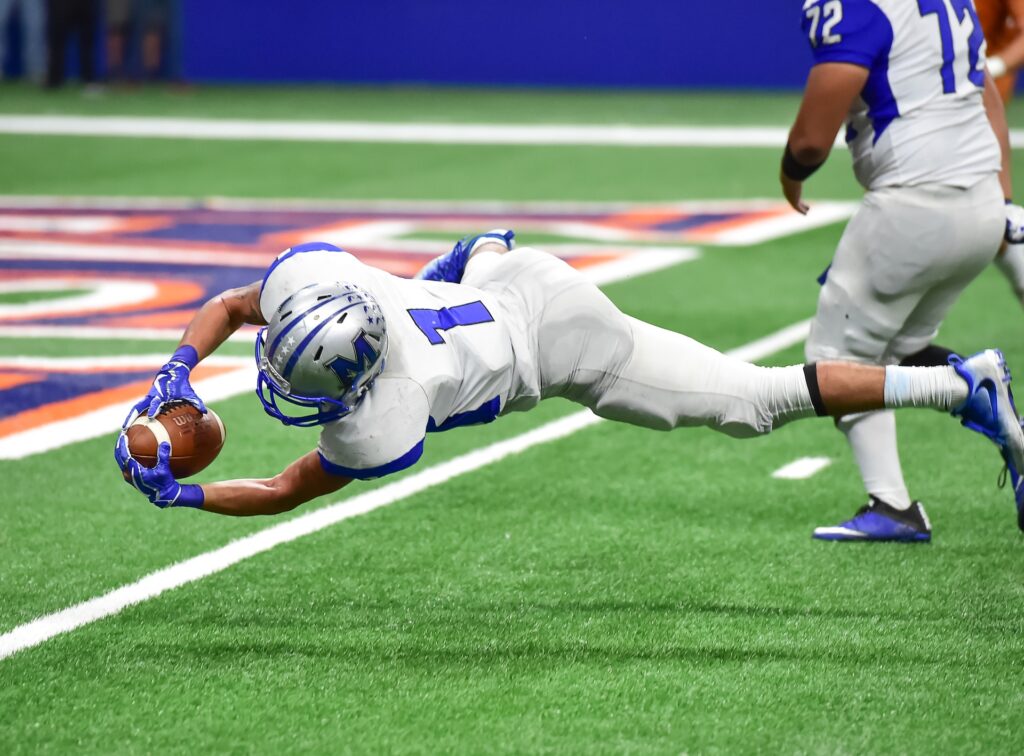
How schemes and systems affect transitions
The offensive and defensive schemes a player learns in college impact how smoothly he transitions to the NFL.
Pro-style systems best prepare quarterbacks like Tom Brady and Peyton Manning. Spread offences can inflate college stats but force significant adaptations.
On defence, complex schemes like Georgia and Alabama’s NFL-style packages get players ready. Simple systems require more development.
The fit between a player’s NCAAF college scheme and his NFL team’s system is critical. A mismatched prospect may struggle until he adjusts to a new system.
Innovative NFL teams consider scheme fits when drafting; it’s one reason why the Baltimore Ravens have been so successful with Lamar Jackson. Instead of having the college player adapt to the team’s system, an NFL team will change up their playbook to fit that player’s strengths, especially in regards to the quarterback.
Conclusion
As history has shown us, transitioning from NCAAF standout to NFL stardom is never easy. But players who put in the work in the weight room, film room, and practice field give themselves the best shot at success. While some top prospects will fall short, others will embrace the challenges and become Sunday stars.
For more content like this about the NCAAF and the NFL, head over to our American Football section.

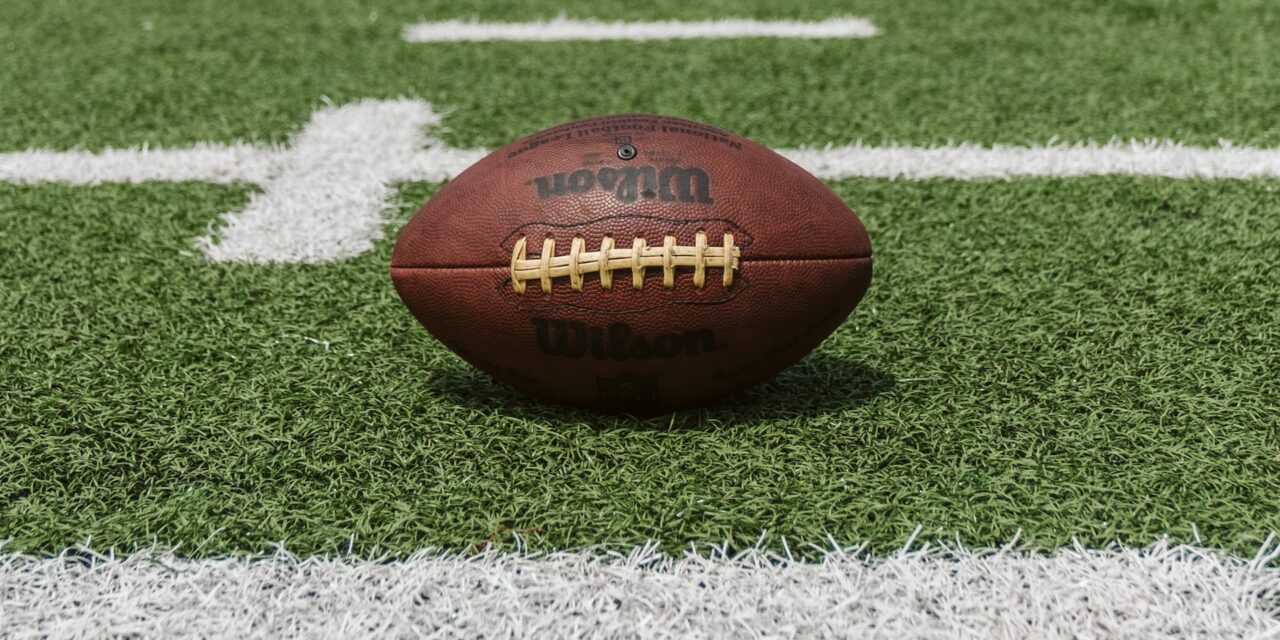
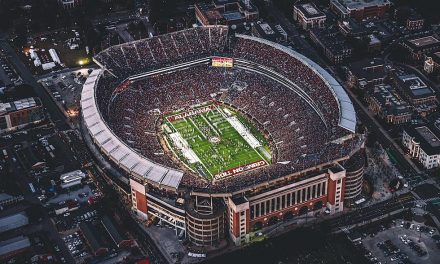
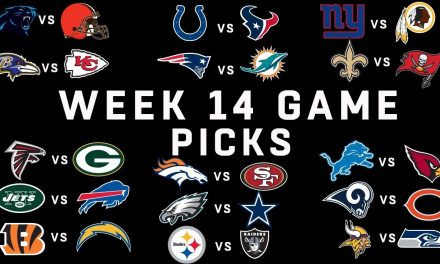
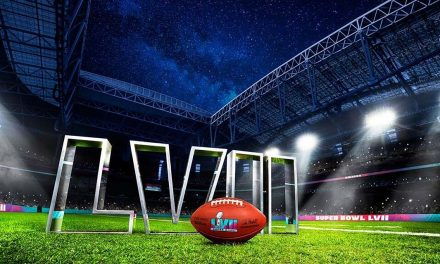
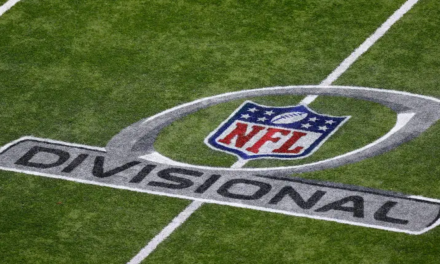
Trackbacks/Pingbacks